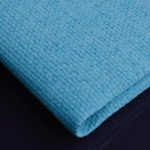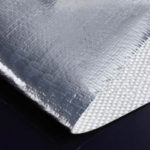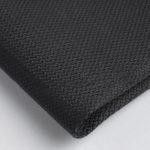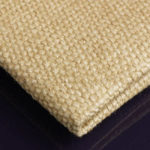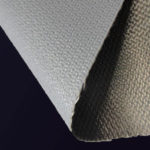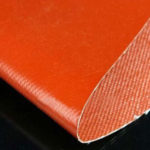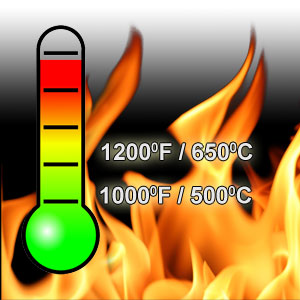
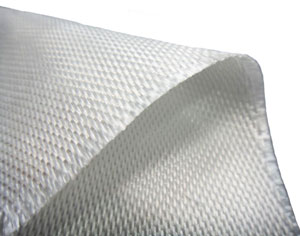
Fiberglass cloth is an engineering material which has excellent merits such as anti-burn, anti-corrosion, stable-size, heat-isolation, and minimum elongated shrinkage. This product is used in many applications such as electric appliances, electronics, transportation, chemical engineering, architectural engineering, heat insulation, sound absorption, fire prevention and environmental protection.
Fabric organizational structure
Plain weave:
 Due to their inseparable weaving structure, plain woven fabrics (such as 7628) are often used in electricity insulation materials and reinforced materials in industry. Plain woven fabrics offer high dimensional stability and abrasion resistance.
Due to their inseparable weaving structure, plain woven fabrics (such as 7628) are often used in electricity insulation materials and reinforced materials in industry. Plain woven fabrics offer high dimensional stability and abrasion resistance.
Twill weave:
 Characteristic for twill weave are the parallel slanted lines formed by the crossing points of warp and fill (such as 3732). Compared with plain weave, it is of high density, high intensity, with a soft and loose structural weave.
Characteristic for twill weave are the parallel slanted lines formed by the crossing points of warp and fill (such as 3732). Compared with plain weave, it is of high density, high intensity, with a soft and loose structural weave.
Satin weave:
 The fill and warp crossing points of satin weave do not connect like with plain or twill weave. Satin weave fabrics (such as 3784, 3788) are easier to drape compared to plain weave and twill weave fabrics.
The fill and warp crossing points of satin weave do not connect like with plain or twill weave. Satin weave fabrics (such as 3784, 3788) are easier to drape compared to plain weave and twill weave fabrics.
Available Products
| Type | Area Weight | Weave Style | Roll Width | Roll Length |
|||
|---|---|---|---|---|---|---|---|
| 1080 | 47 g/m² | 1.4 oz/yd² | Plain | 1275 mm | 50 inch | 2300 - 2700 m | 2,516 - 2,954 yd |
| 2116 | 103 g/m² | 3.0 oz/yd² | Plain | 1275 mm | 50 inch | 2900 - 3100 m | 3,173 - 3,391 yd |
| 7628 | 210 g/m² | 6.0 oz/yd² | Plain | 1275 mm | 50 inch | 2900 - 3100 m | 3,173 - 3,391 yd |
Available Coatings
